Two days after arriving back to Cuzco from the Inca Trail trek, Brandon and I decided it was time to explore some more of Cuzco’s surroundings, only this time we were joined by our two new friends, Luise and Cecilie, who we had hiked with on the Inca Trail.
We went on a long day tour from 7 AM to 7 PM to the Sacred Valley of the Incas, also known as the Urubamba Valley, home to famous inca sites such as Machu Picchu, Pisac and Moray. Since we’d already been to Machu Picchu, the focus this day was on all the less popular inca ruins.
But first a little bird watching. Our driver took us to Laguna Piuray, where we stopped for a short while. The area was really beautiful, although we didn’t see many exotic birds. We did see some ducks and birds of prey though. A local family was selling breakfast and tea for next to no money, so I stocked up on food before getting back onto the bus.



I’ve been on quite a few tours around the world, and a classic trick is to take the customers to a cooperative shop to get them to buy something. That trick was also used on this trip, no less than three times! A few people on the bus even bought something every time… In shops that carry the exact same items as the next shop, only 10 times more expensive. I don’t get it.
The first shop that we went to was a textile market. There, a young girl told us about natural colouring of textiles with coccinelle, small beetles that are blood red on the inside, which was interesting and made the visit more bearable.


The first Inca ruins that we visited were the Chinchero ruins, known to the Incas as the birthplace of the rainbow. These ruins are located a quaint Andean village with the most beautiful church.
Unfortunately, photos weren’t allowed inside the church, but I can recommend going there just to see the interior. It was spectacular!



The next ruin was Moray, one of the more famous Inca ruins on this tour. The ruins are quite unusual, consisting of several terraced circular depressions that are up to 30 meters deep. It’s uncertain what the purpose of these depressions was, but because of their depth, design and orientation concerning the sun and wind they’re said to create a temperature difference of 15 °C between the top and the bottom.
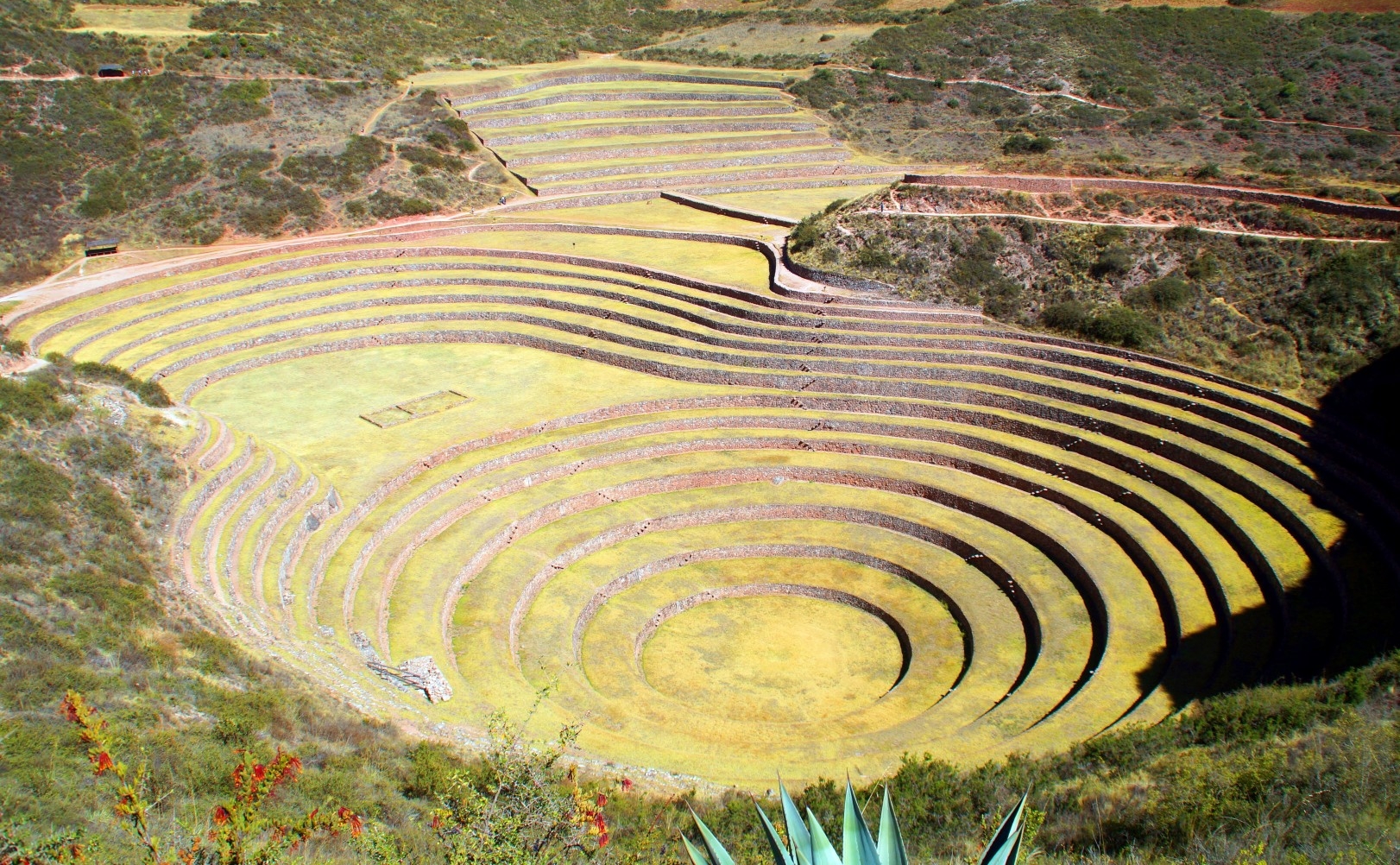
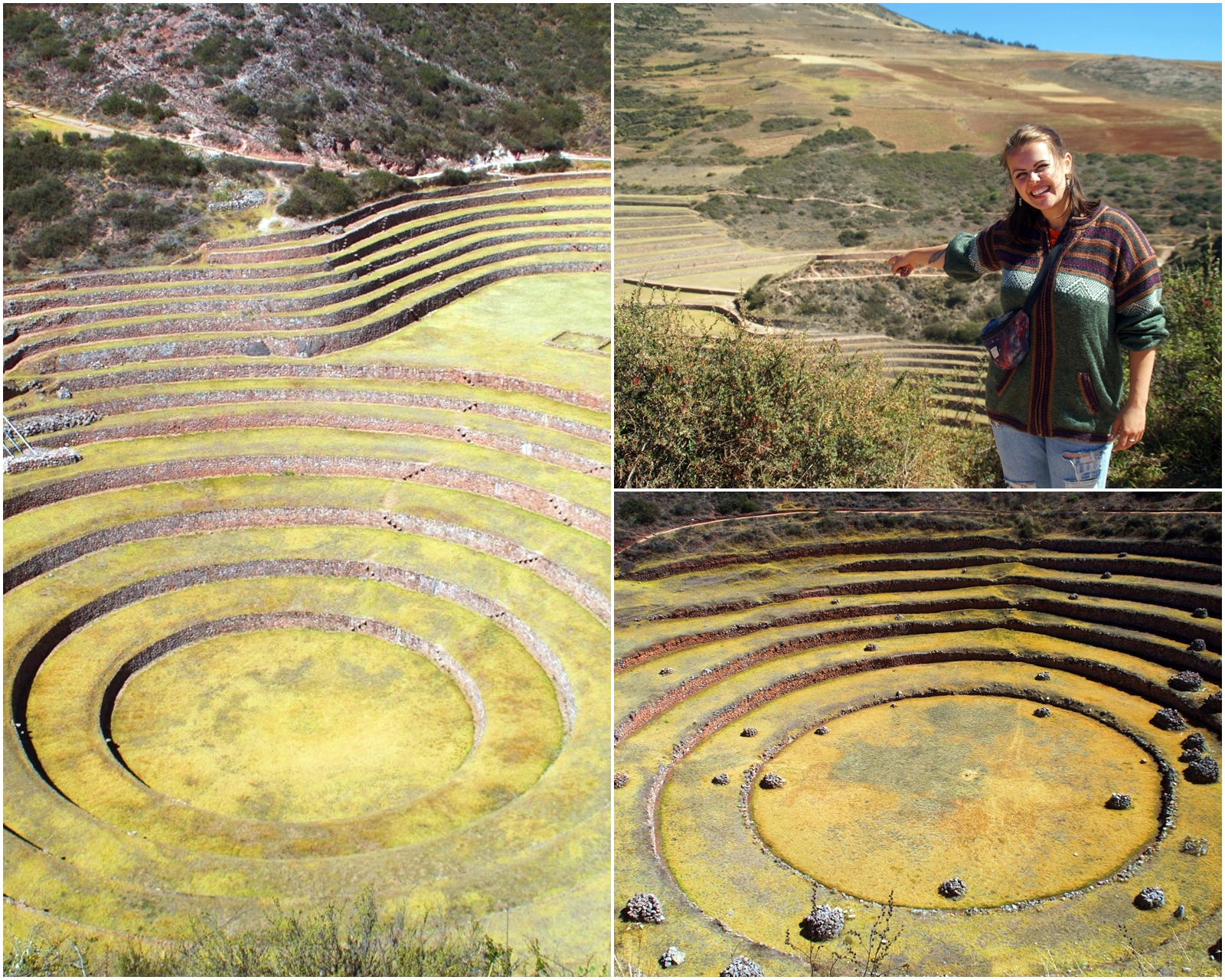
Close to Moray in the town of Maras is the incredible phenomenon of Salineras, thousands of salt evaporation ponds, which are shallow artificial salt pans designed to extract salt from sea water, eventually leaving behind the crystallized salt when the water has evaporated. This process has been practiced since the pre-Inca times and is still being practiced by families of the community that each get their own pond to farm, the size depending on the size of the family.
Exploring Salineras reminded me of my trip to Iran in January 2017, where I saw a salt cave on Qeshm Island and a salt river in the Lut Desert. I love salt and the formations it can make – it looks like snow!
Before going to Salineras, we stopped by a shop where we could buy overpriced salt from Salineras – which most of us chose not to do. It’s way cheaper to buy it at the location instead.
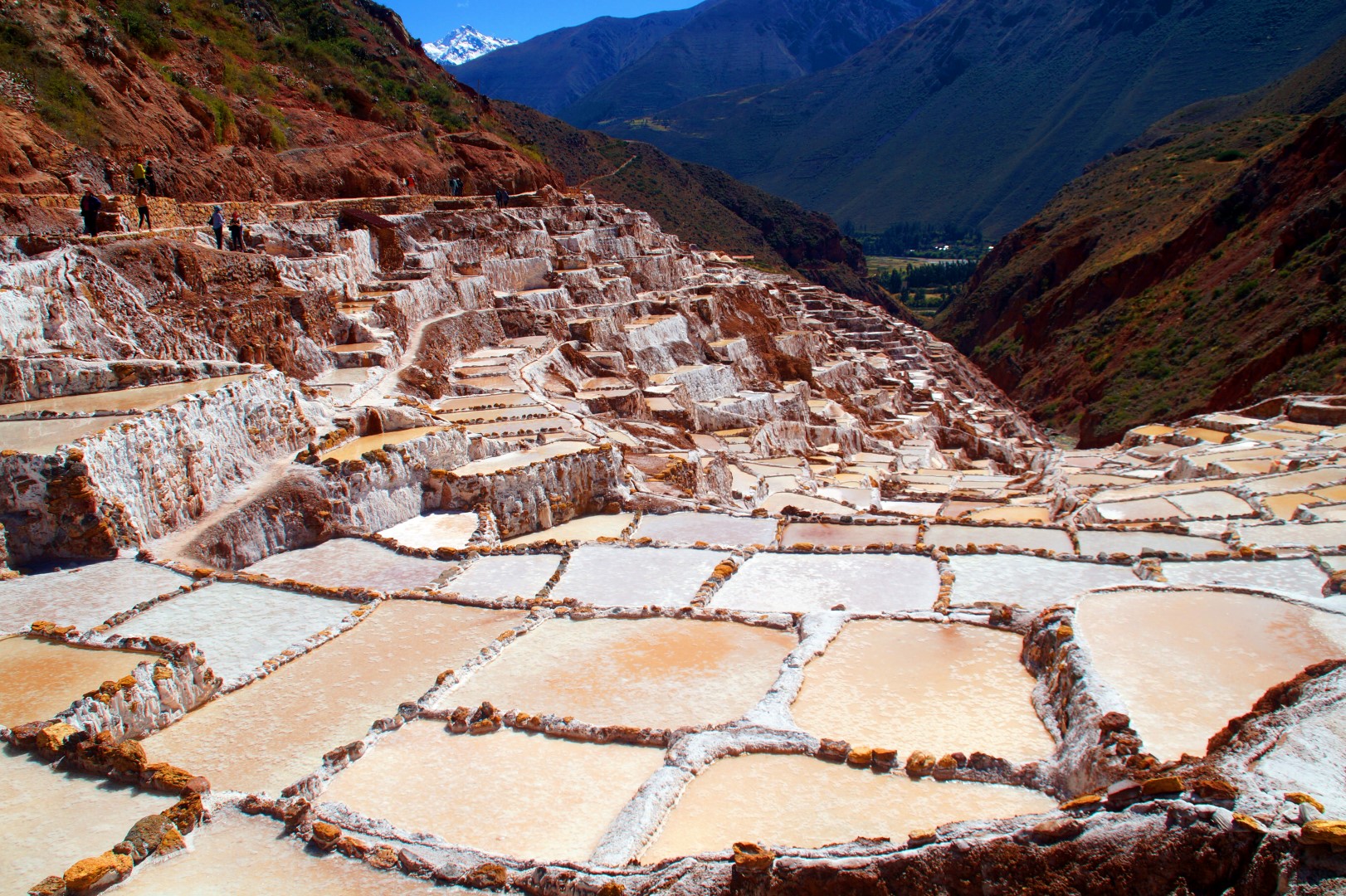
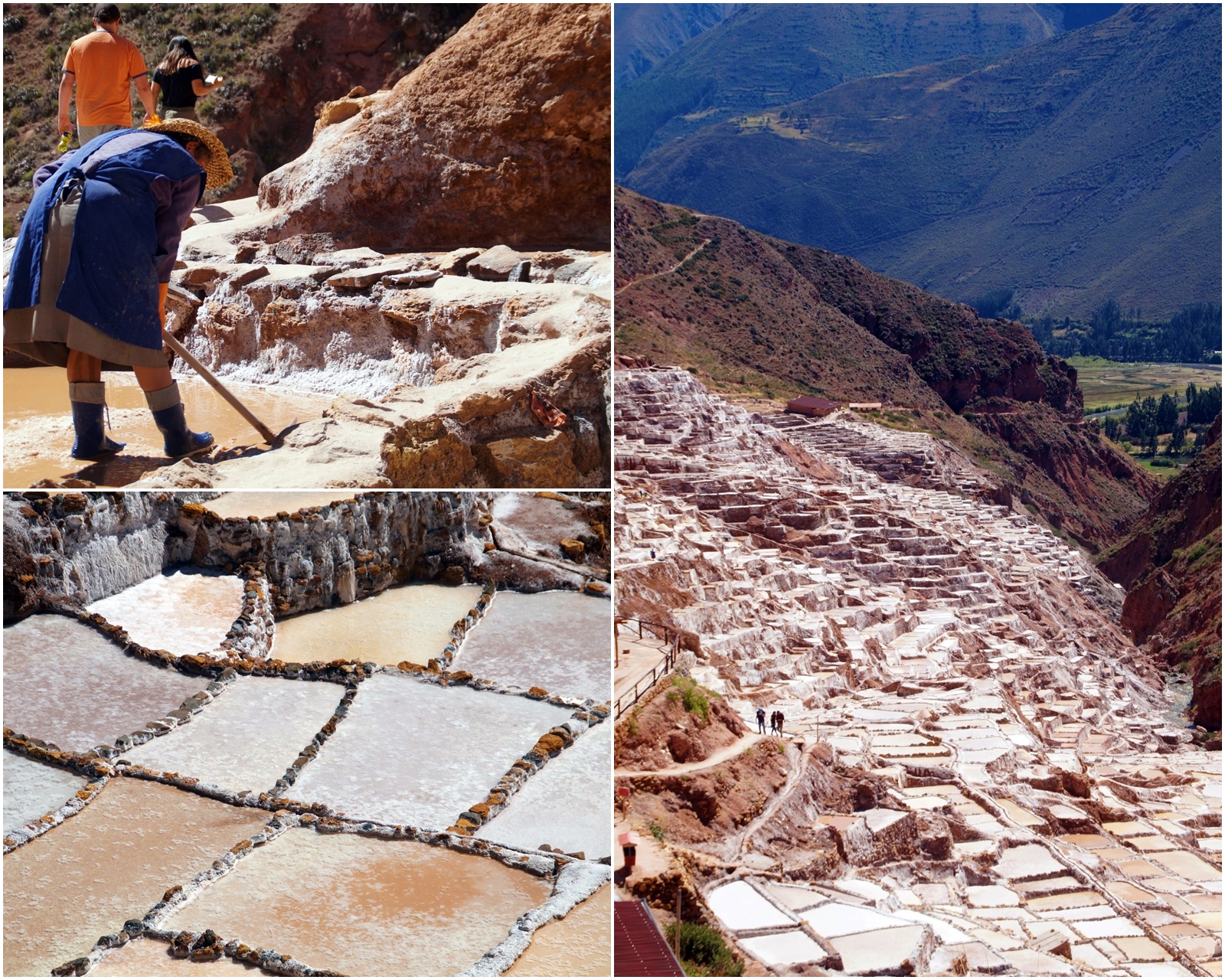
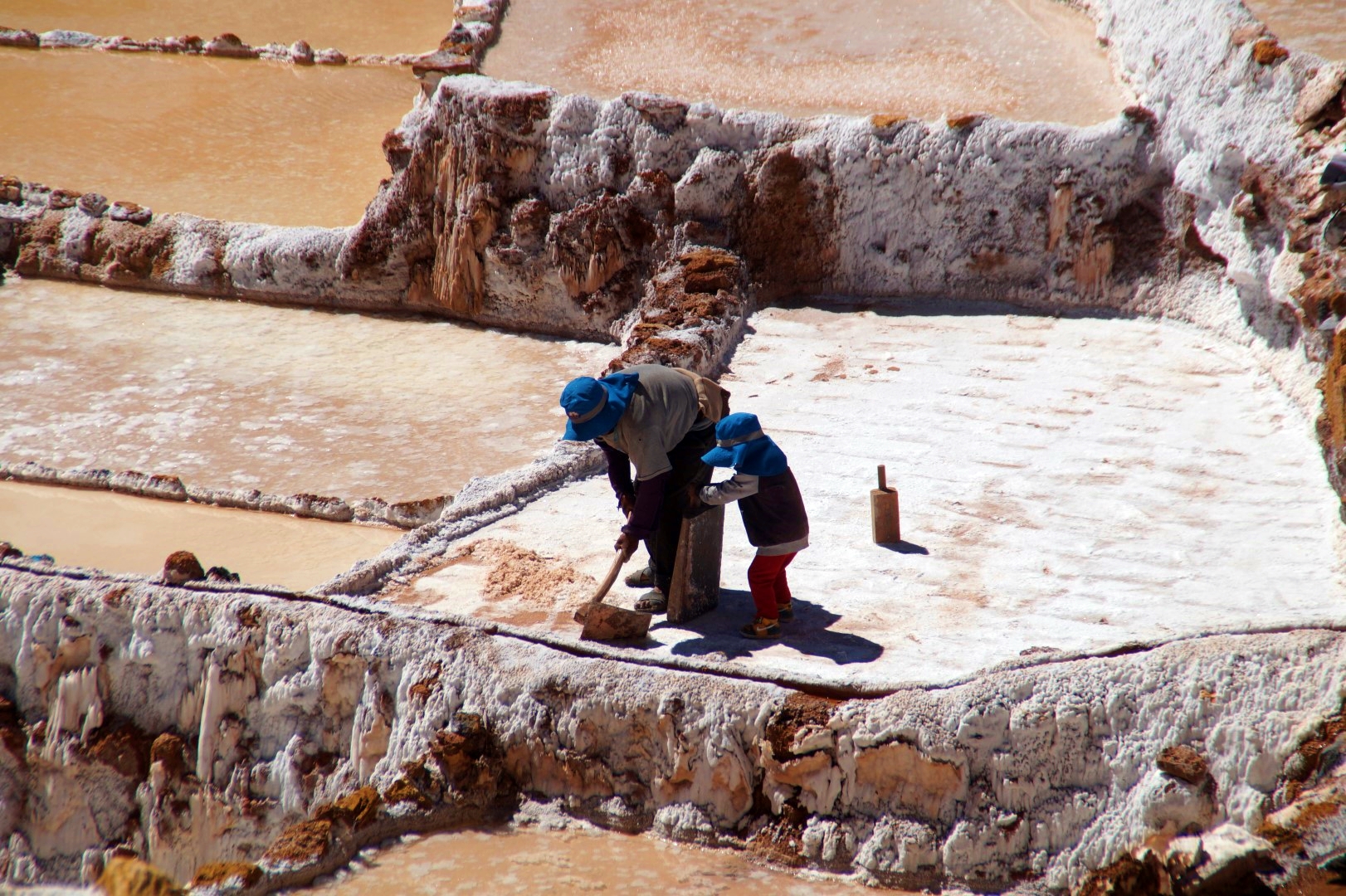
After exploring the salt ponds, we drove to the town of Urubamba, where we ate a buffet lunch, before continuing on to the second last stop, the Ollantaytambo Fortress ruins.
Ollantaytambo was a former Inca administrative center at the northern end of the Sacred Valley. It’s known as one of the last strongholds of the Incas and one of the few sites where the Incas held back the invading Spanish people.

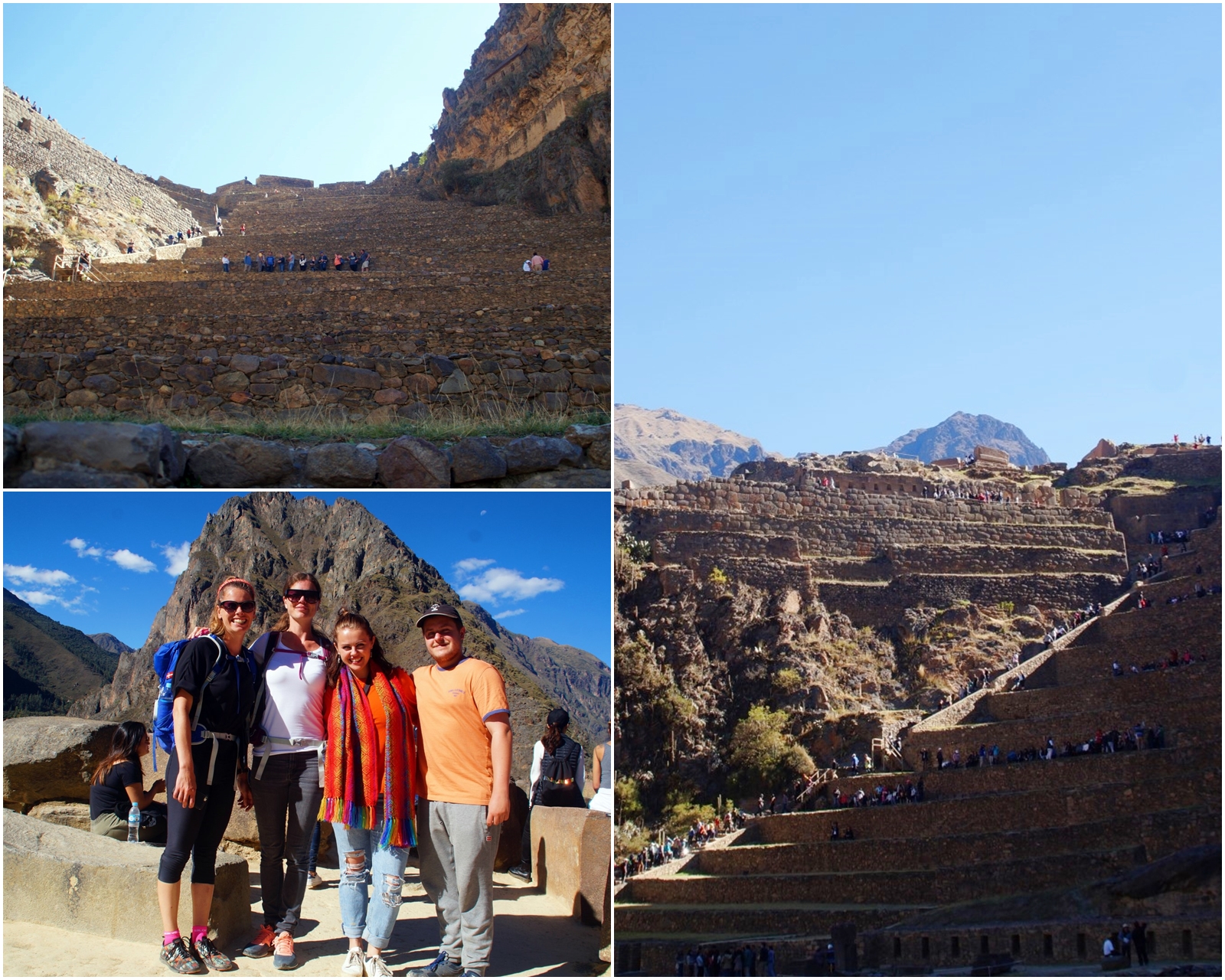
The last stop of the day was the famous Inca Písac ruins, a spectacular fortress that stands atop a hill at the entrance to the Sacred Valley. These ruins are huge and separated into four groups, where the most visited one, Inti Watana, contains the Temple of the Sun, baths, altars, water fountains etc. The most impressive feature is the agricultural terracing on the southern and eastern flanks of the mountain.
Písac is truly impressive, but because of the long day we had had, it was an effort to even get out of the bus to go explore it. To be honest, I think it should’ve been at the beginning of the tour, as it’s the location that needs the most climbing and deserves the most time to be explored.

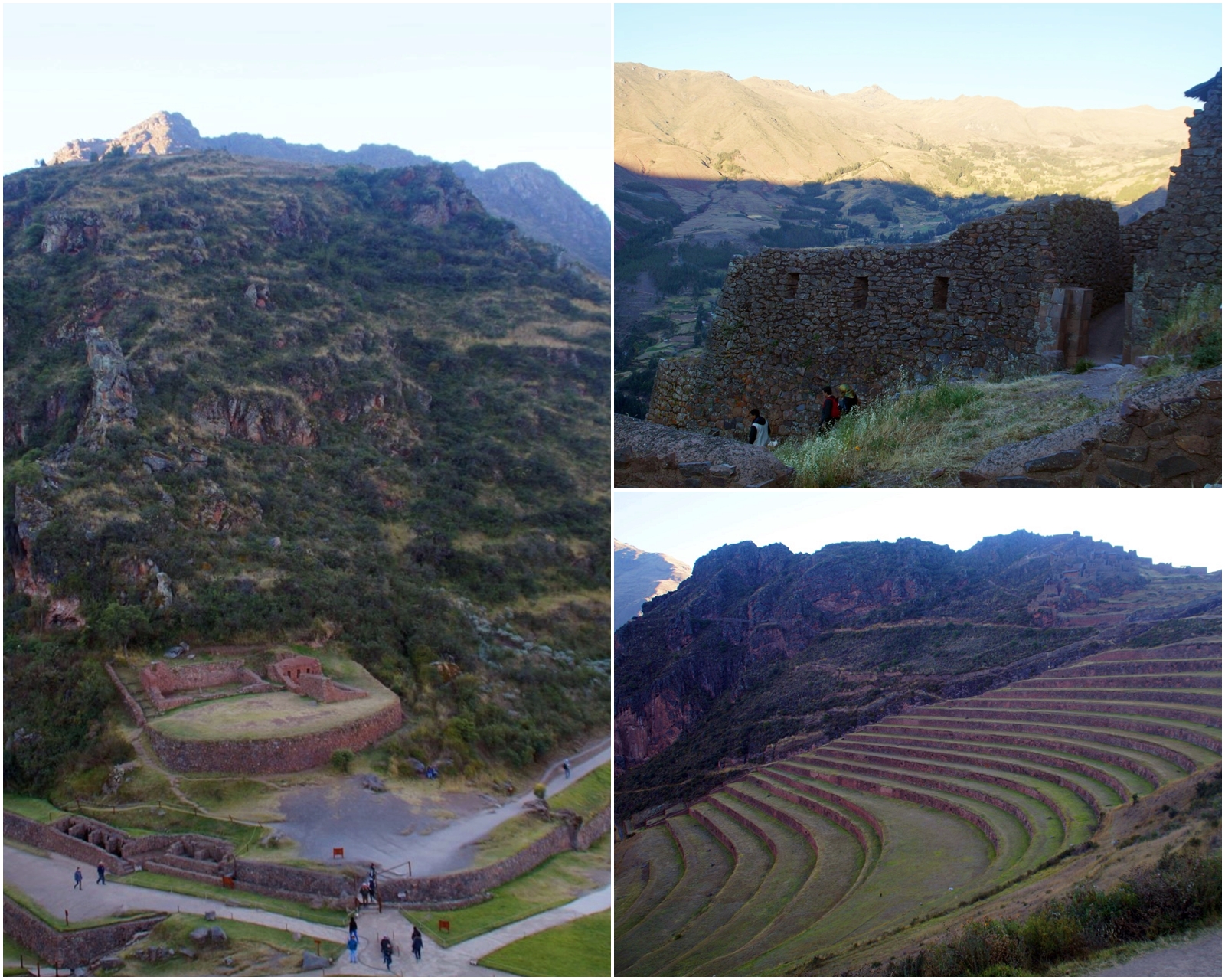
By the end of the tour, we were all extremely tired and ready for our beds. Unfortunately, the guide chose to take us to yet another shop, this time a jewellery store, where they spent half an hour (!) talking about overpriced jewellery… Luise, Cecilie, Brandon and I decided to stay put in the bus and not participate.
At each stop, we only had 30 minutes to 1 hour to explore, which was not enough at any of the stops because the areas are so huge. If I had to do the tour again, I would break it up into two days to allow me to fully explore the spectacular Inca ruins that deserve much more than just a quick look and a few photographs.

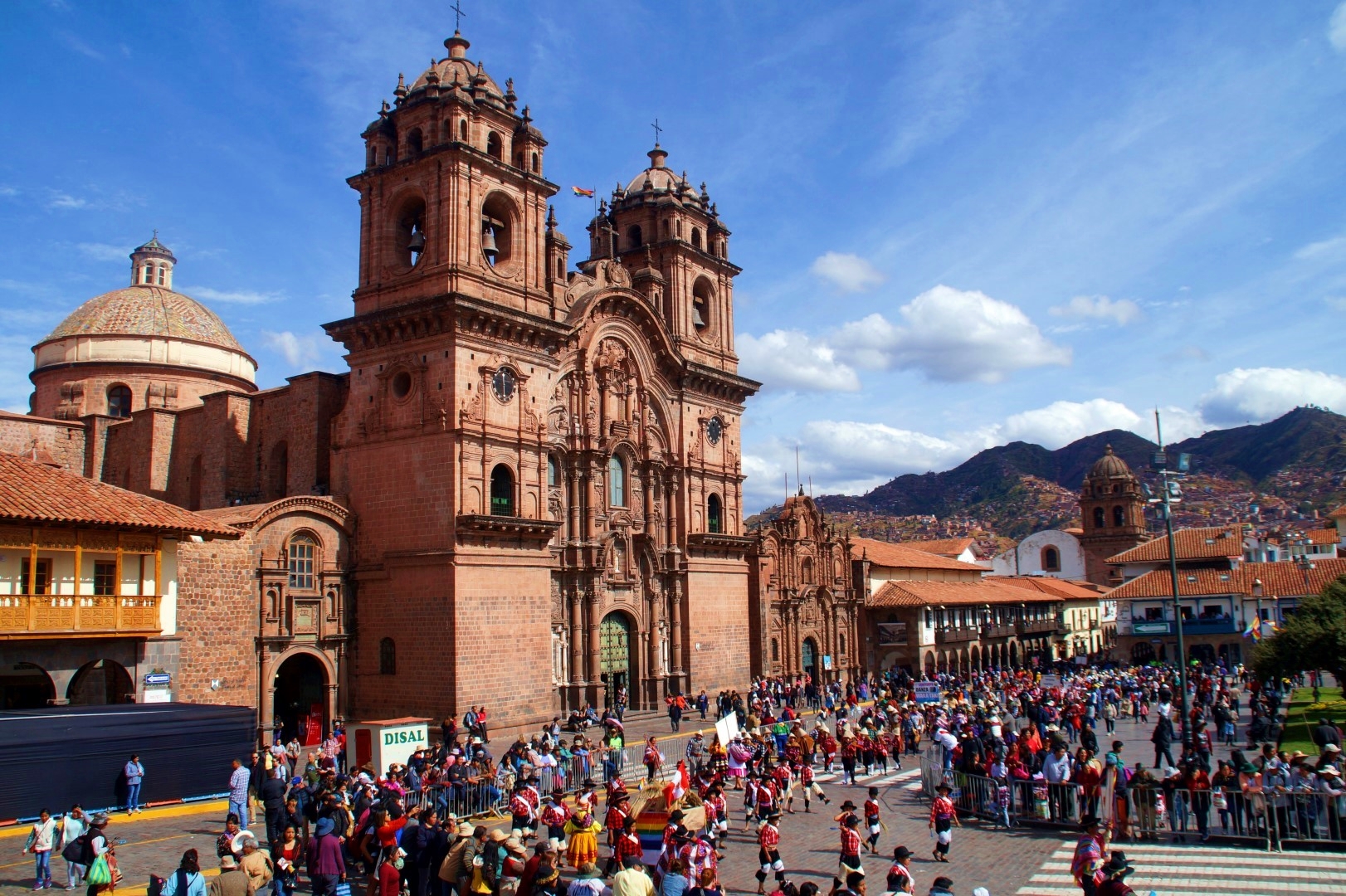
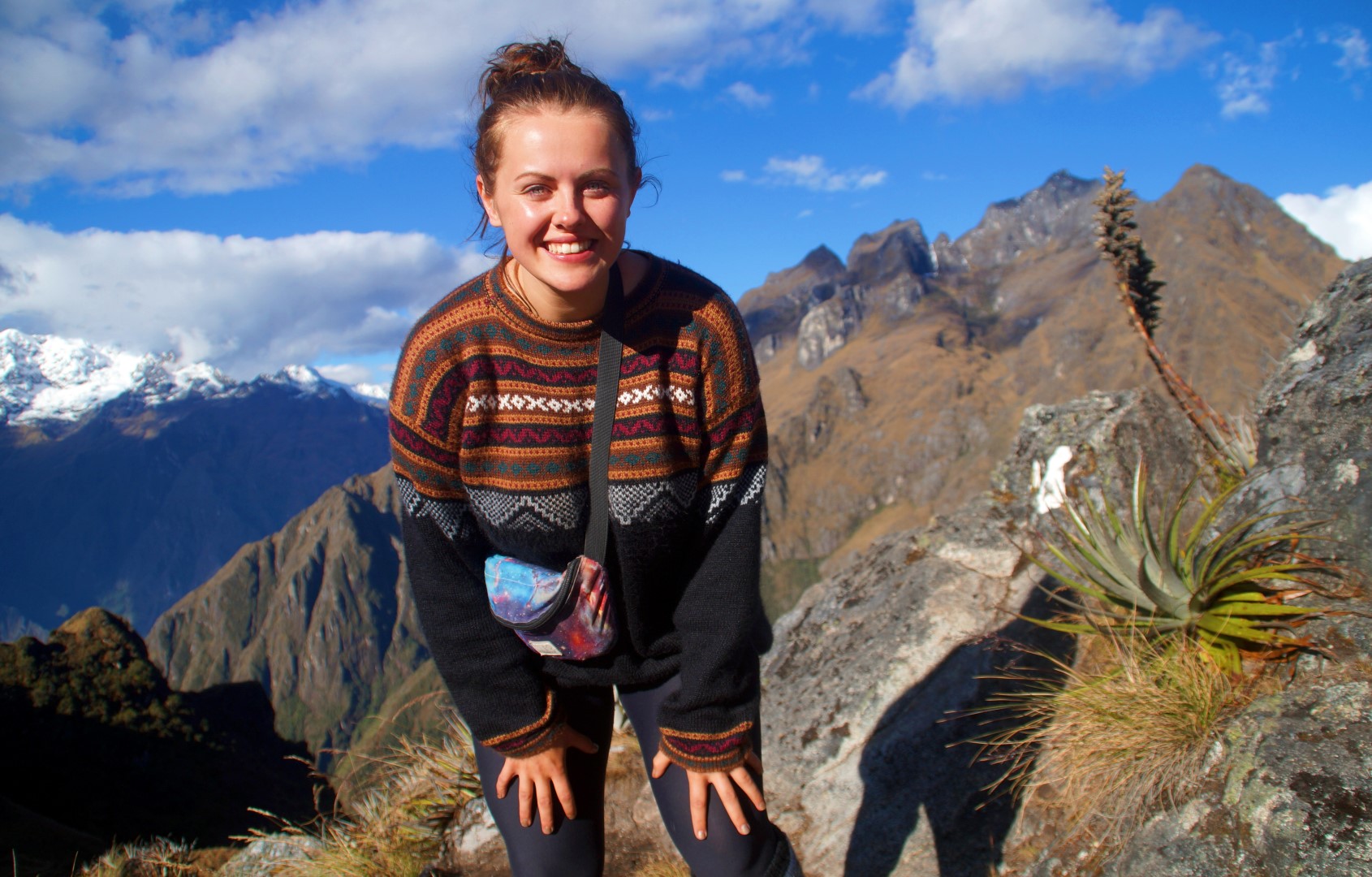

4 COMMENTS
Ann
6 years agoFascinating! Hope you are doing well, Mel?
Melissa Cherry
6 years agoI am dear Ann, just went for a 6-day trip to North Greenland with no internet, it was wonderful 😀 hope you are good too! 😀
Desirée travels
6 years agoArgh, that’s the downside of those guided tours – you never have enough time where you want it, and then a million hours at the places you’re not interested in (like in, let’s say, shops). My worst experience with guided tours was in Kosovo, which was such a shame, because I’d loved to really explore there. Luckily, because both Thomas and I, and many more on the tour, complained, the company will no longer use the guide we were unfortunate enough to meet (however we still wasted an entire day of travels, and did not have the time to go back. Oh well, guess that makes us have to go back ;D)
Love your pictures, and so many interesting ruins. 🙂
Melissa Cherry
6 years agoOh wow, what happened? That sounds crazy :O poor you! Hope you still enjoyed your time in Kosovo though! :-*